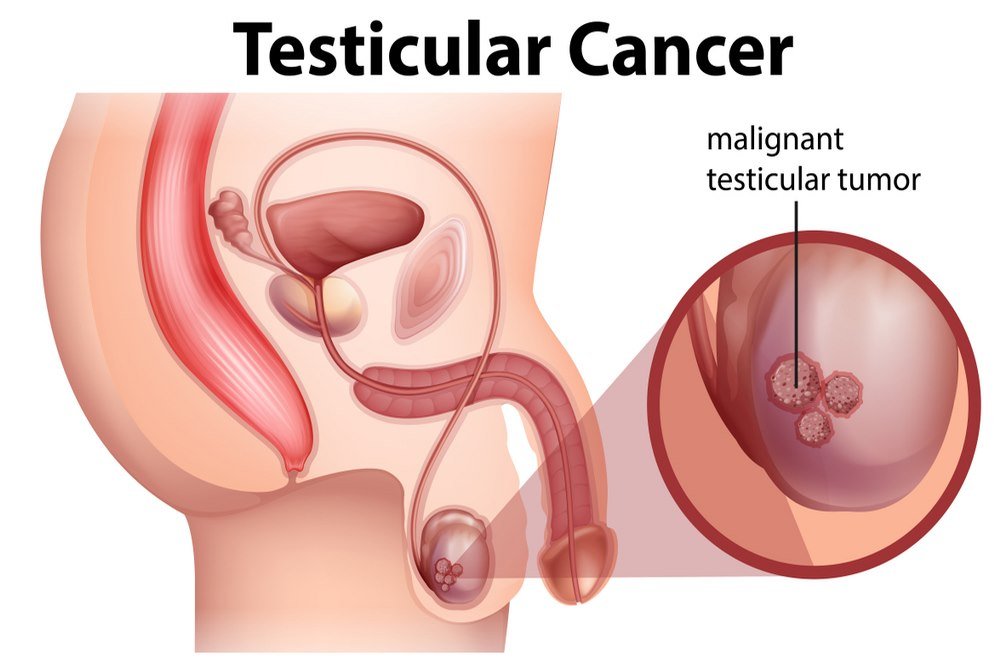Testicular cancer

Testicular cancer is of various types depending upon the type of testicular germ cell tumors in a patient. The studies indicate that there is presence of almost 28% of both seminomas and non-seminomas in testicular cancer patients, 55% of the seminomas, and 13% non-seminomas. Almost all treatments for testicular cancer patients starts with surgical procedures to remove tumor first and then chemotherapy plays its role in avoiding the spread of cancer cells. most of the stage 1 seminomas at the rate of 71% get surgery only, while 67% of stage 3 seminonas receive chemotherapy alongside surgery. Also, 60% of stage 2 seminomas also get surgery in combination with chemotherapy. The prognosis for mixed cases are 94%, non-seminoas cases are 90%, and 99% for seminomas after getting chemotherapy treatment.
Almost 57% of the patients having non-seminosmatous testicular germ cells at stage 1 only get the option of surgery and half of the non-seminosmatous patients at stage 2 get chemotherapy alongside surgery. Oncologists suggest the other 31% of the non-seminosmatous patients to get a combination of retroperitoneal lymph node dissection and chemotherapy. The majority of non-seminomas stage 3 patients almost 56% get chemotherapy and surgery only, 18% of the patients get a combination of retroperitoneal lymph node dissection and chemotherapy, and 19% of the patients get the combination of radiation and chemotherapy. The overall survival rate after receiving chemotherapy of testicular cancer is 99%.
